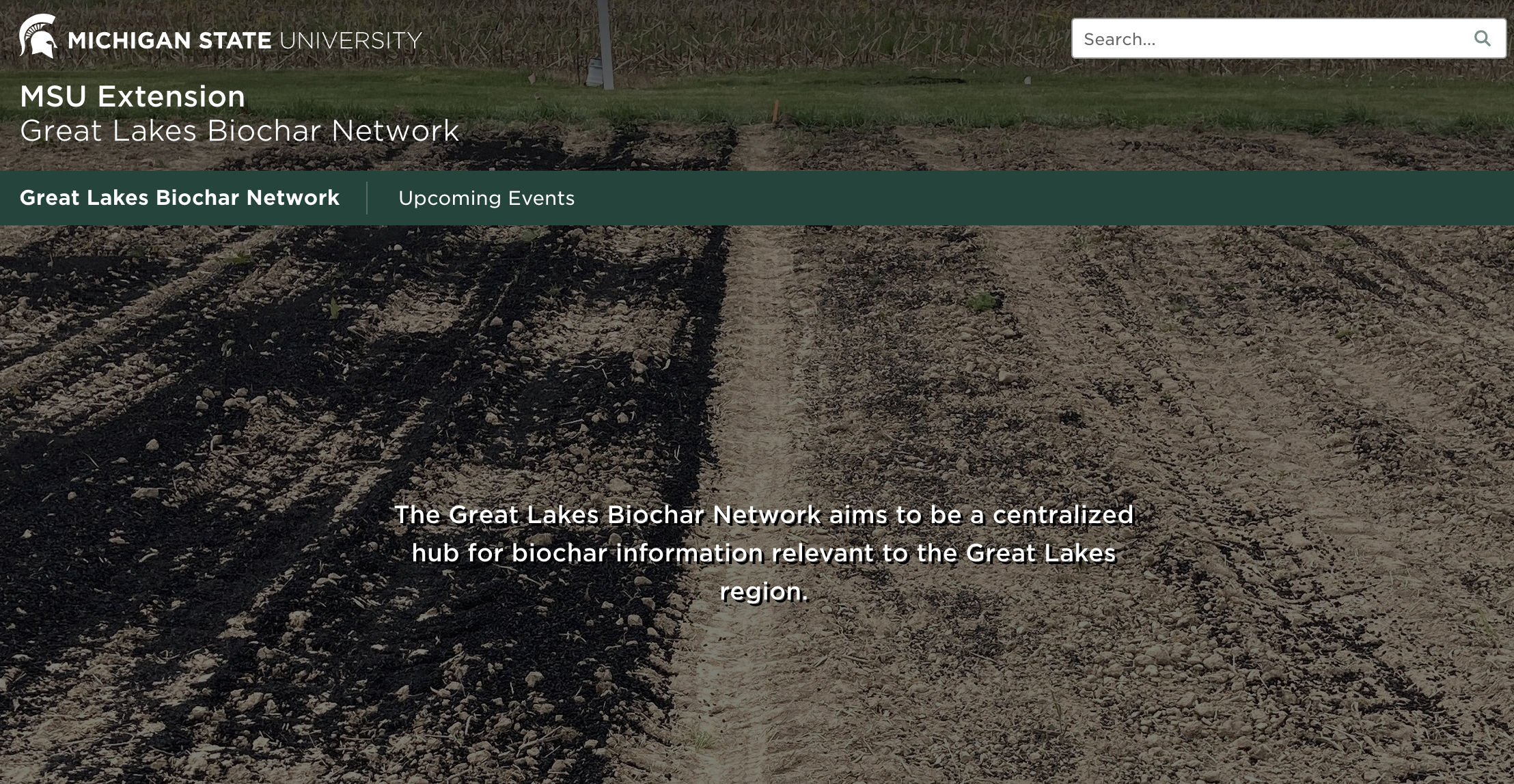
Great Lakes Biochar Network
The Great Lakes Biochar Network aims to be a centralized hub for biochar information relevant to the Great Lakes region.
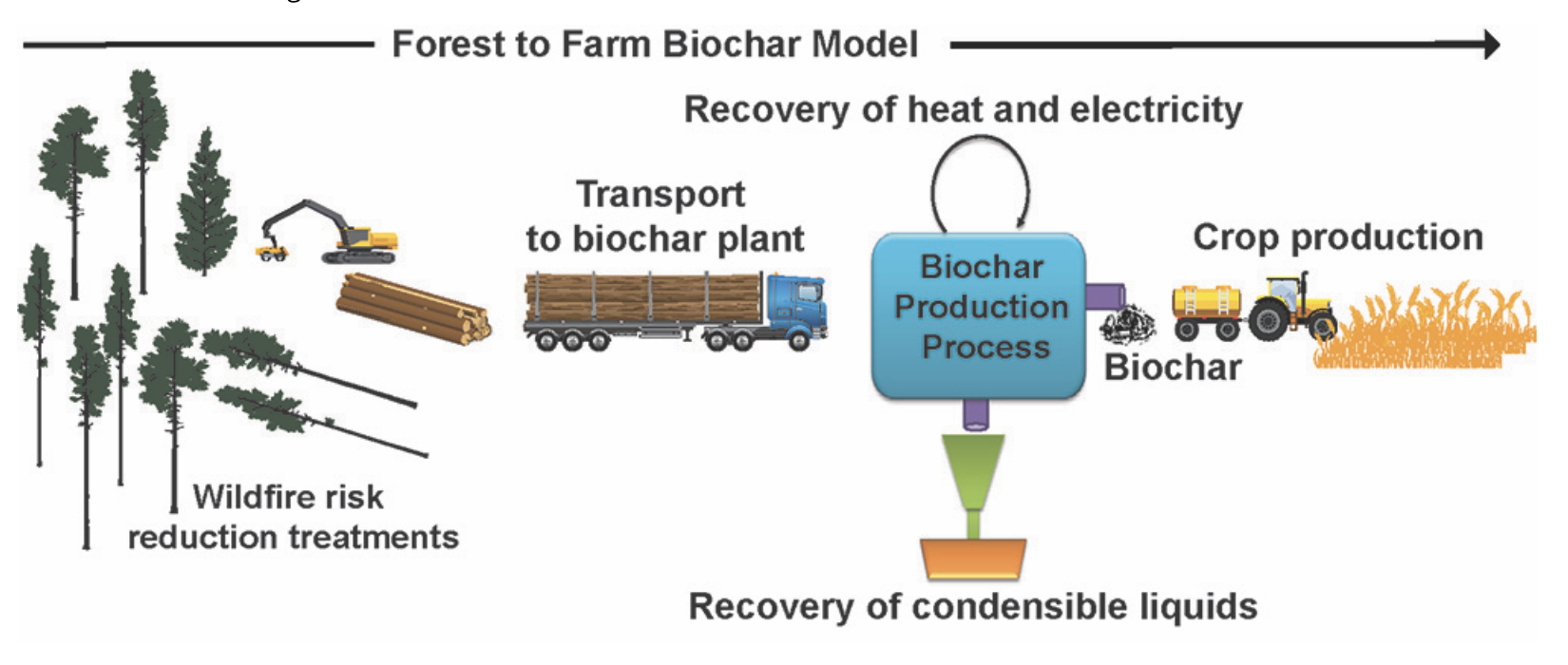
Biochar Forest to Farm Project - Oregon State University
The study aims to inform policy for Oregon and stakeholders by evaluating whether large-scale biochar production is technically feasible, logistically…

Leading the Soil Carbon Revolution
Johannes Lehmann, School of Integrative Plant Science at Cornell University, Soil and Crop Sciences, is leading a revolution.
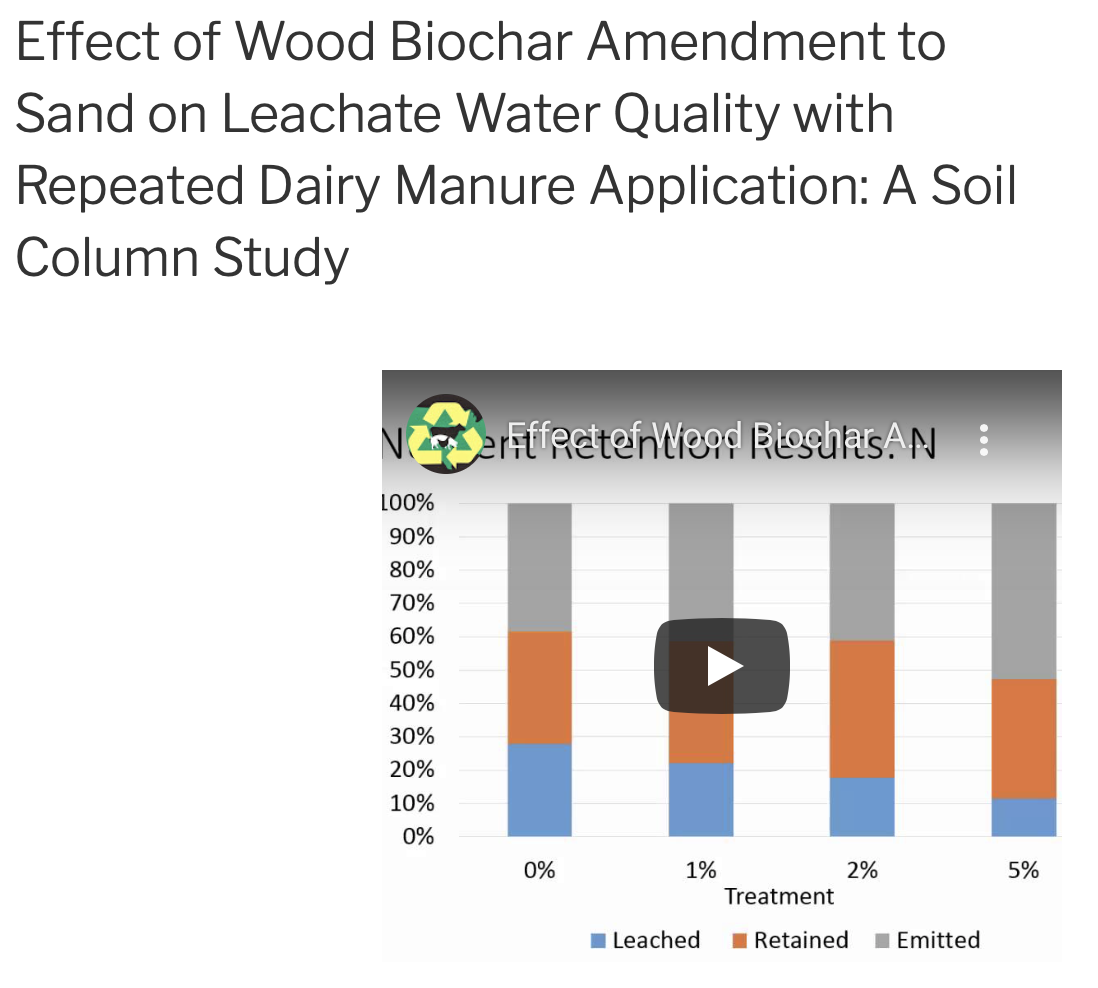
Effect of Wood Biochar Amendment to Sand on Leachate Water Quality with Repeated Dairy Manure Application: A Soil Column Study
This publication from the National Cooperative Extension explains results of a biochar filtration application. The effects of amending sand…

Biochar and Blueberries Project with SARE
Rick Mareske and Regina Compernolle operate The Garden at Dogwood Forest, where they grow fruit and vegetables near Kansas City, Kansas.
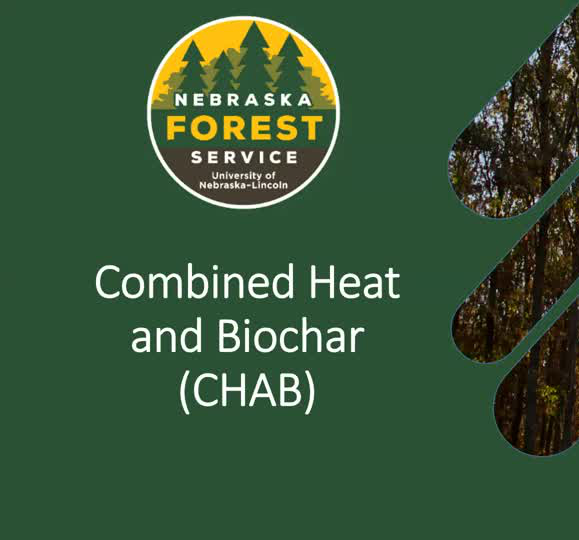
Combined Heat and Biochar Technology Assessment - Webinar
This webinar presents results from a USBI assessment comparing technology options for adding Combine
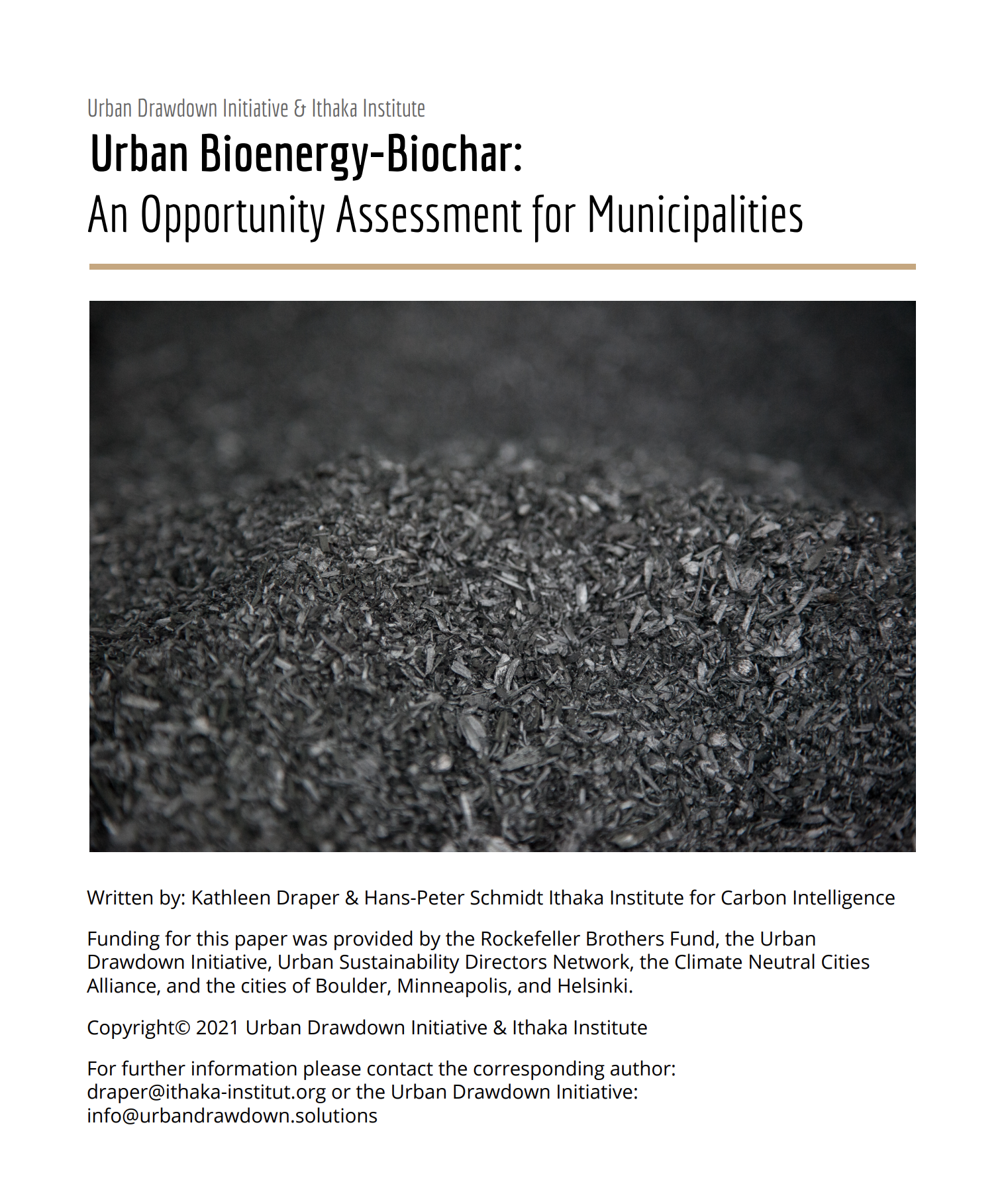
Urban Bioenergy-Biochar: An Opportunity Assessment for Municipalities
The Urban Sustainability Directors Network in collaboration with the cities of Boulder, Helsinki, Minneapolis, and Stockholm engaged the Ithaka…
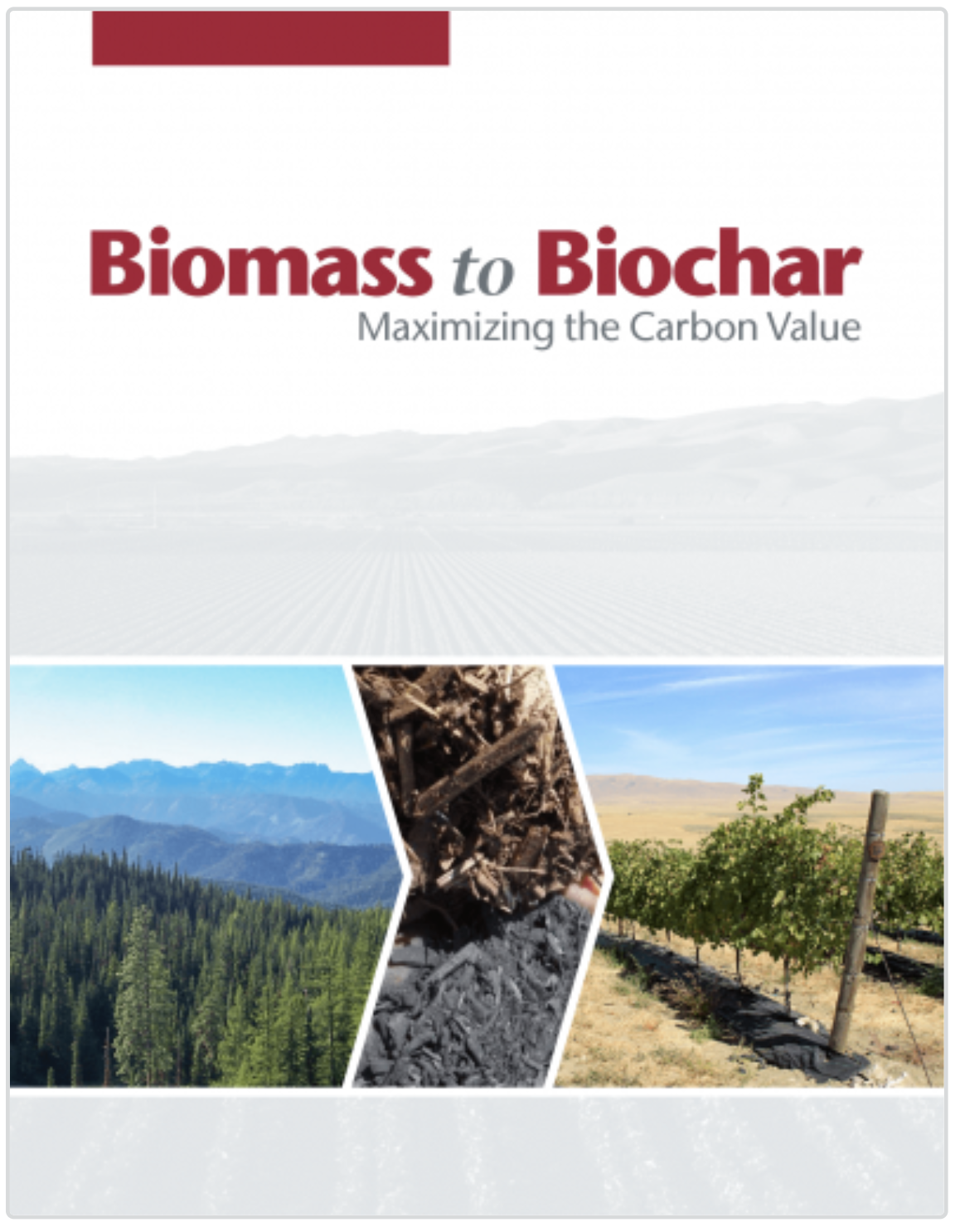
Biomass to Biochar: Maximizing the Carbon Value
Forty biochar producers, practitioners, scientists, and engineers held a virtual workshop in April 2020 to chart a roadmap for future development of…

Biochar: Prepping It for Soil
Biochar can benefit your soil, but only if properly prepared prior to application.
